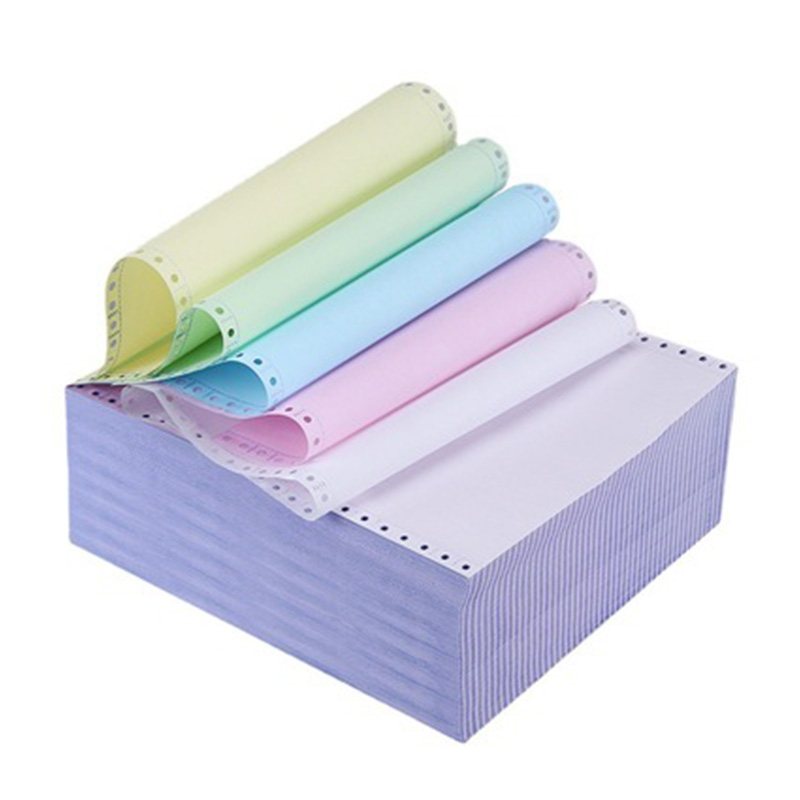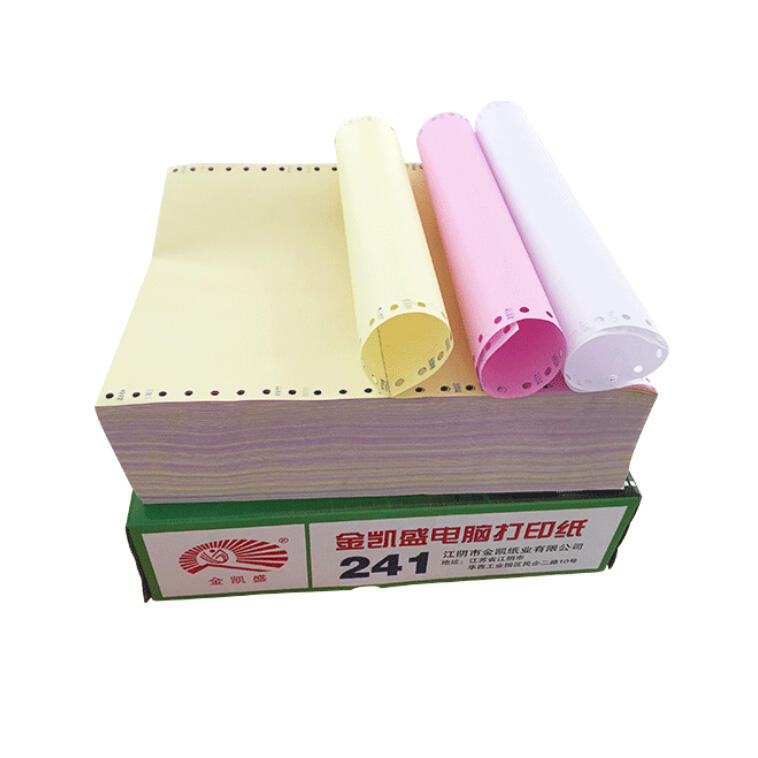NCR paper is a type of special paper that allows to people get an extra copy with their own handwriting or printing. They are molds of what you wrote or typed and they do not require the use of carbon paper to copy. This is actually super useful in a number of different scenarios;
NCR: This is the acronym for “No Carbon Required”. Which implies you need not carbon paper to make duplicates. Unlike other paper, NCR has chemicals inside it. The chemicals inside the paper react in response to pressure such as when a ballpoint pen presses ink onto it or when you feed through your printer. In this way when you wrote or printed something, it has some reaction and that was to produce duplicate of what your are written. NCR paper is offered in different shades as pink, yellow and white. You can see it in receipts, invoices or even forms and contracts. So it is quite flexible and convenient for both, businesses as well as individuals.
The second feature is that of clear copies and this can be achieved by using NCR paper.REACT DATA It assists the people to comprehend in doing away with any misinformation or Common errors.consequently, it avoids everyone being on board.
Third, NCR paper looks professional. This helps companies deliver great customer service by providing clean, readable receipts+dockets for their customers. This can lead to a better position of the company and customer satisfaction

Size: Make certain the paper will fit into your printer, or conform to form layouts. Standard documents are 8.5 x 11 inches for paper or possibly smaller such as bond cards (e.g., checks) at around half that size — perhaps as small a form factor you would normally encounter with document printing is about 5.5″ X 8.391- INCHES).

Store Properly: Place your prints in a cool, dry space after you have them printed out. It is also important that finer tip pens be stored away from direct sunlight, heat or humidity otherwise the ink will smudge and color fade.

Avoid severe conditions: Do not expose paper to extreme temperatures, higher or low humidity, and specifically do avoid direct sunlight. Both of these conditions can have powerful impacts on the performance and quality of a paper.